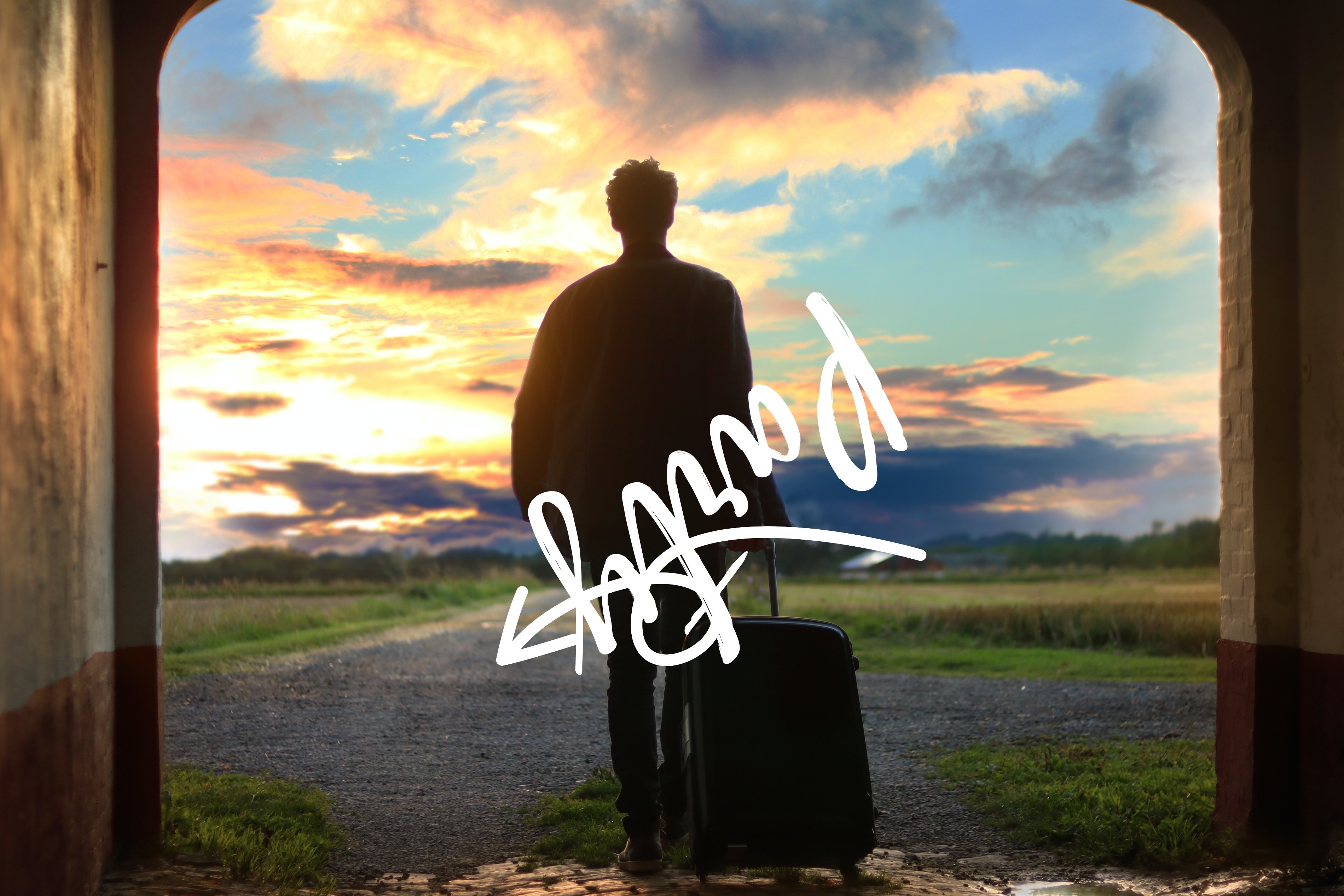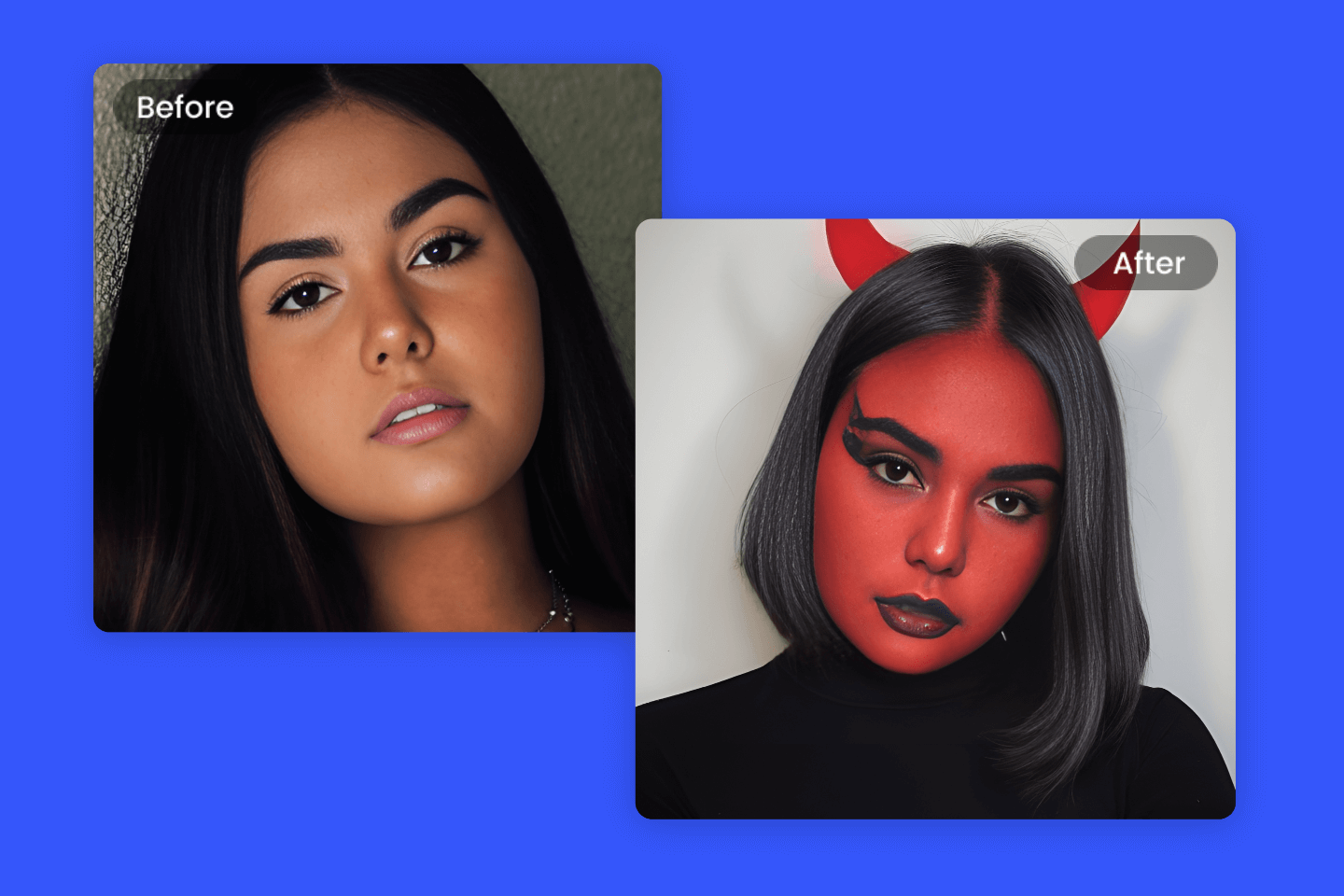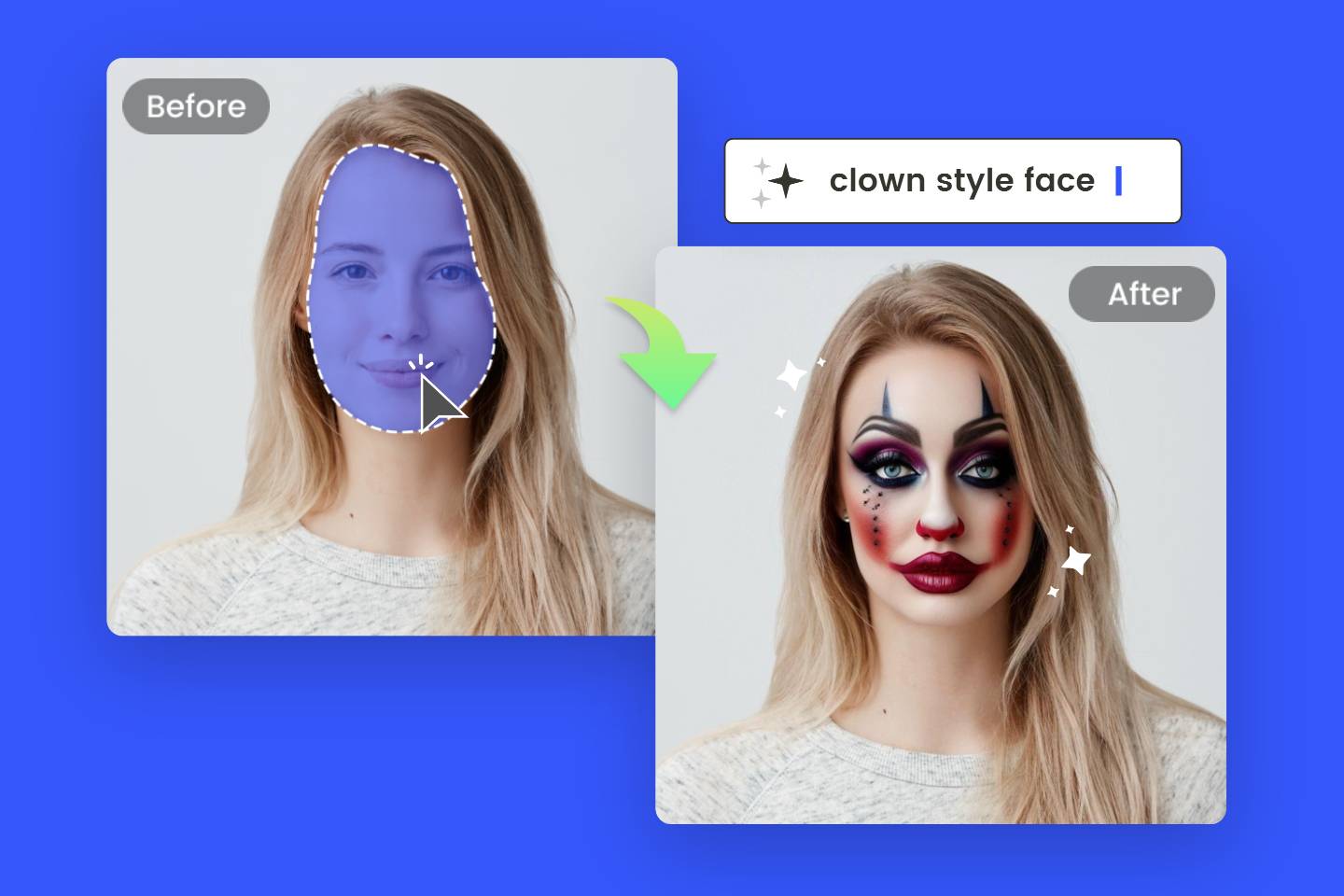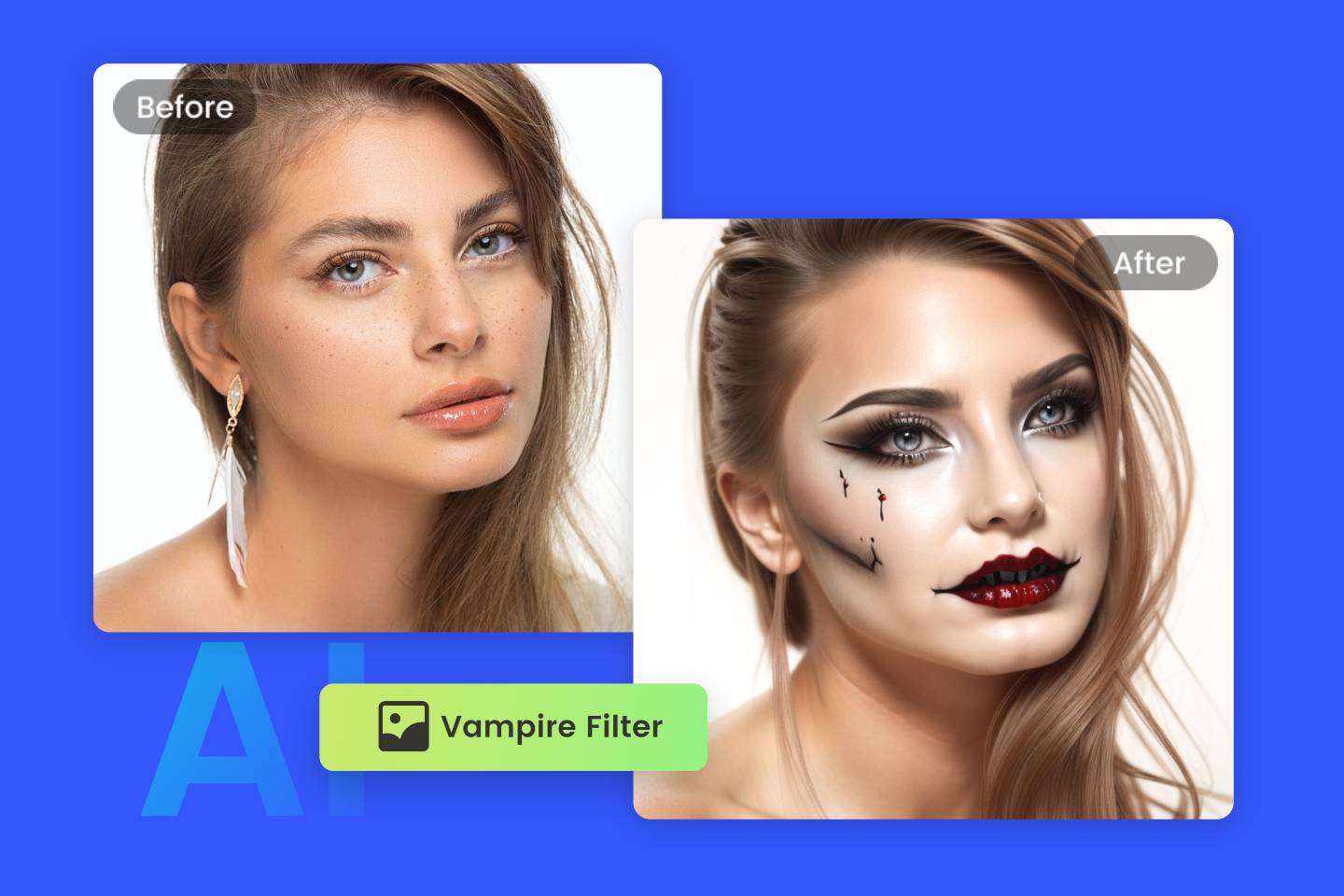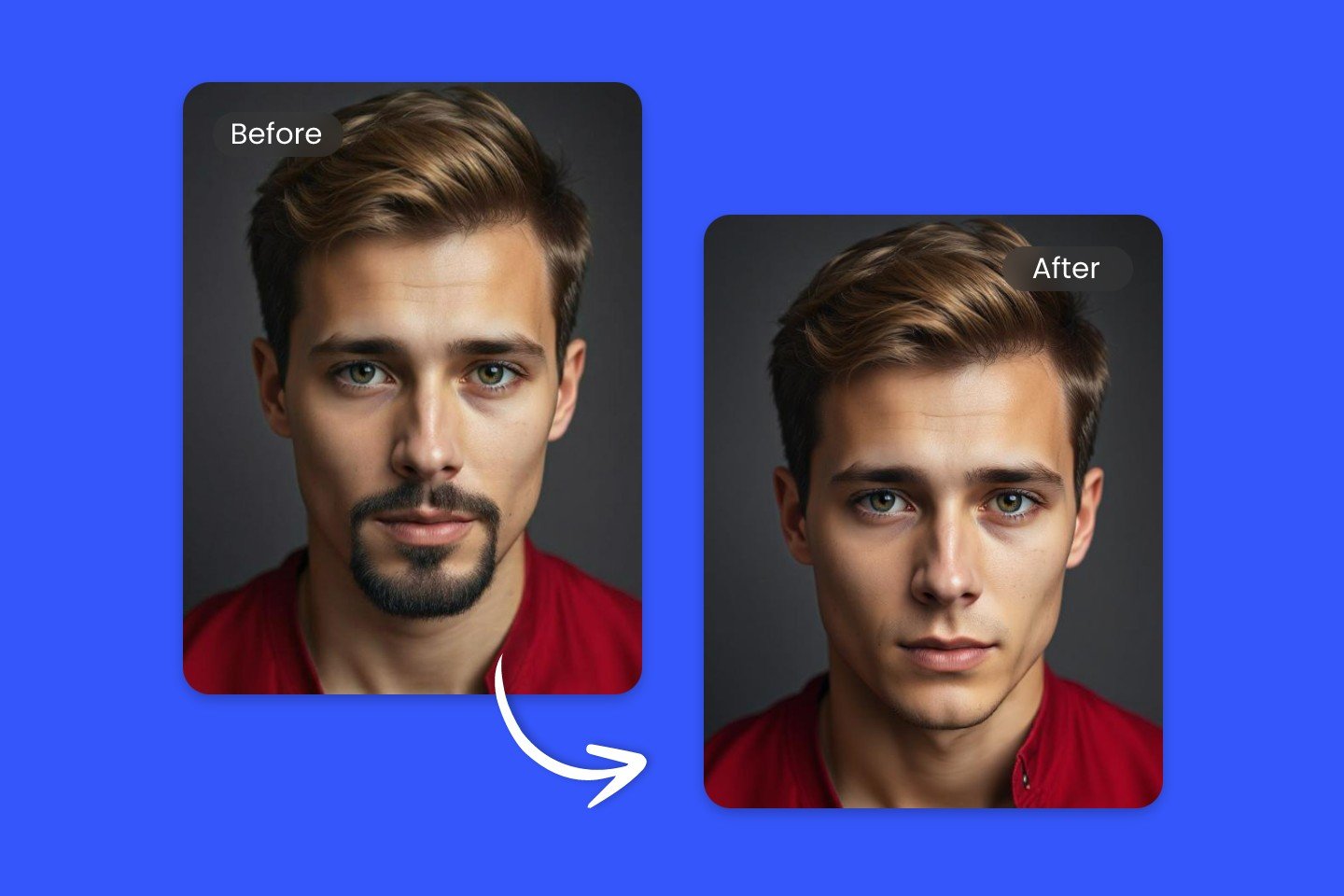Explore the Art of Contrast Photography: Understanding & Types
Summary: This post is an overall guide on contrast photography, including the understanding, how does it work and six basic types of contrast in photography.
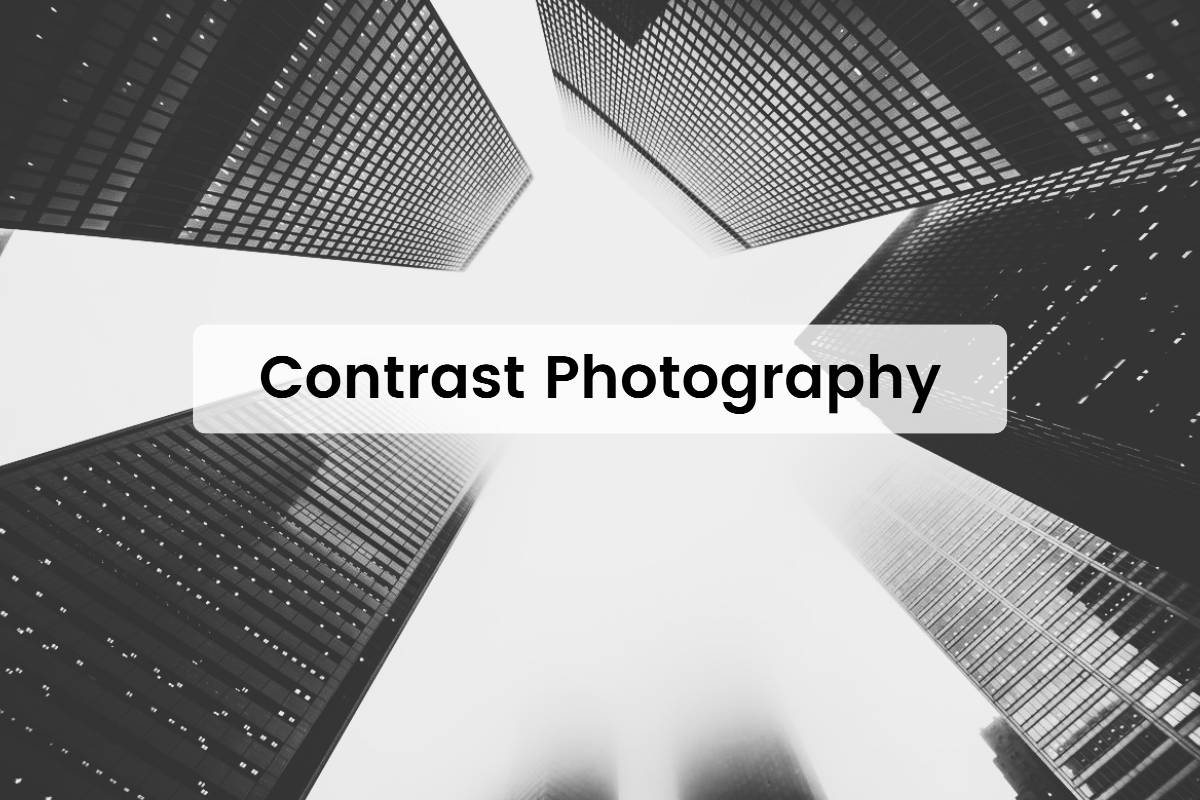
Contrast photography is a great way to showcase the beauty of the world we live in and makes a powerful statement. It helps create dramatic and sometimes mysterious visuals that can add depth and emotion to any image.
This guide is designed to provide an overall understanding of contrast photography, how it works, and its six basic types. Armed with this knowledge, photographers can start experimenting with this technique straight away, creating beautiful photographs that are full of emotion and impact.
What Is Contrast in Photography?
Contrast photography definition is the difference between the darkest and lightest areas of an image. It is often used to create visual interest and to make the subject stand out. Images with high contrast have a large range of tones between the lightest and darkest areas, while images with low contrast have a more even distribution of tones.
When using contrast, it is important to consider the subject matter and the effect you want to achieve. A high contrast image can convey drama and intensity, while a low contrast image can create an atmosphere of calm and peace.
How Does Contrast Work and Affect In Photography?
Contrast can be used in photography to create visual interest, to emphasize certain elements of an image, and to convey mood or emotion. Contrast in photography can be adjusted through lighting, camera settings and post-processing, and the choice of contrast depends on the desired effect and subject matter. The following are some of the ways in which contrast can be used in photography:
Lighting
One of the most important factors in determining the level of contrast in an image is lighting. Strong directional lighting, such as direct sunlight, produces a high contrast image with deep shadows and bright spots. Conversely, diffuse lighting, such as on a cloudy day, produces a low contrast image with less pronounced shadows and highlights.
Composition
Contrast can also be used in composition to create a focal point that draws the viewer's attention to a specific area of the image. For example, a dark subject contrasts strongly with a light background, emphasizing the subject and making it stand out.
Post-processing
In addition to creating contrast through lighting and composition during shooting, contrast can also be adjusted in post-processing, using editing software. Here we recommend the online free photo editor - Fotor, where you can use various tools, such as contrast, curves or brighten, to adjust the contrast in the image to achieve the desired effect.
Types of Contrast in Photography
Understanding the different types of contrasts in photography can help you create images that have more visual impact and influence. By understanding the various types of contrast, you can learn how to use them to your advantage and create images that convey the mood, emotion or concept you want to convey. The following are six of the most common contrast types and contrast photography examples:
Tonal Contrast
This refers to the difference in brightness between the brightest and darkest areas of the image. Images with high tonal contrast have a wide range of tones, while images with low tonal contrast have a more even distribution of tones. This composition is made by contrasting blacks, whites and grays so that the subject in the photo appears in clear or unclear detail.
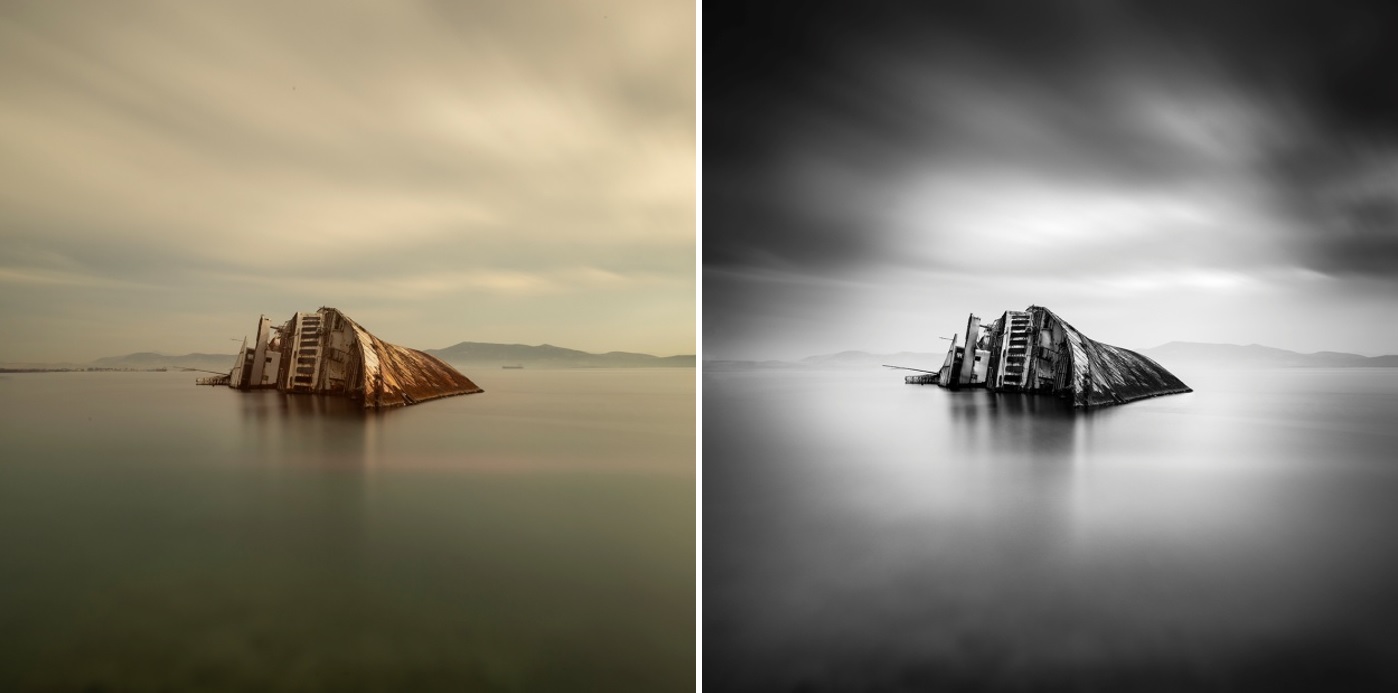
High Contrast
High contrast refers to the contrast between the brightest areas of an image and the surrounding areas. High contrast images have a wide range of tones, filled with blacks and whites, with dark shadows and bright highlights. These images will have strong colors and deep textures - creating a very deep end result.
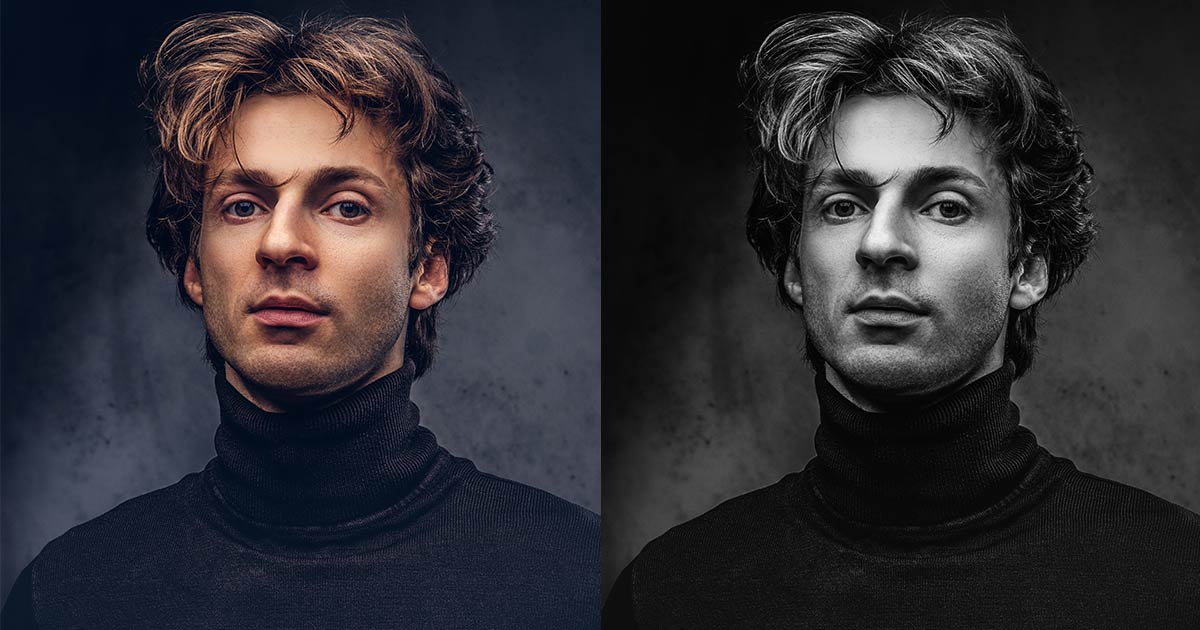
Low Contrast
This refers to an image with a narrow range of tones, resulting in a flatter, less dramatic appearance. Low-contrast images can be created intentionally or can occur naturally under certain lighting conditions. Low-contrast images blend light and dark areas, creating a flatter or softer photograph than high-contrast photography. Low contrast is often used in portrait photography to create a soft, natural atmosphere, and in landscape photography to convey a somber mood.

Color Contrast
Color contrast photography refers to the difference in hue, saturation or brightness between different colors in an image. In order to use color contrast effectively in your photos, you need to know how colors affect each other when placed next to each other. Once you understand this, you can mix a warm color with a cool color to produce a good contrast. For example, a red object with a blue background creates a high degree of color contrast. You can even use a combination of complementary colors to show amazing contrasts. Alternatively, you can use the help of post-processing software to provide the desired contrast through filters.
:max_bytes(150000):strip_icc()/GettyImages-159759535-58dfe75e3df78c5162339de5-5bd75ae3c9e77c005166a203.jpg)
Textural Contrast
This refers to the differences in texture between different areas of the image. Differences between textures are also a great way to create contrast in your photography. You can combine rough and soft elements to give your images an extra punch. For example, a smooth surface next to a rough surface will create a high contrast of textures.

Conceptual Contrast
Conceptual contrast in photography refers to the use of contrast to convey a concept or idea. It involves the use of visual elements such as tone, color, texture or shape to create contrasts that convey a deeper meaning beyond the surface of the image. Conceptual contrast images are abstract and more subjective. This is because they are based on ideas. You can use conceptual contrast images to highlight the differences between elements. This approach contains an important narrative element that conveys a story. In addition, it often gives the viewer a sense of scale, new vs. old, natural vs. artificial, etc.

Optimal Contrast in Photography with Online Photo Editor
Achieving the best contrast in your photography is crucial to creating visually appealing images that effectively convey your message. With the help of an online photo editor, you can fine-tune the contrast in your images to achieve the desired effect. Here we recommend Fotor online free image editor to help you solve all your image problems - including, of course, adjusting contrast.
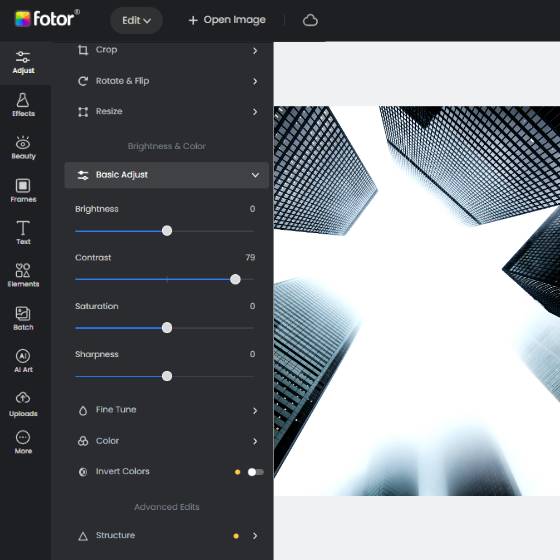
Offer more advanced photo-editing features, such as One-click enhance, HSL, Color balance, and also contrast.
Rich in elements and resources, more than 100 stylish effects and filters, updated weekly.
Fotor offers powerful image editing capabilities and user-friendly operation pages where you can adjust brightness, contrast and levels to create a high-contrast image. You can also adjust shadows and highlights to create a more balanced and even contrast distribution.
In addition, more basic settings for photos such as crop, resize, and even adding filters to adjust the exposure of the image are supported. Fotor can help photographers, post-processors and even novices to easily adjust the contrast of an image!
Conclusion
Contrast photography is a powerful technique that can bring depth and emotion to your photographs. When used properly, it can create stunning images that capture the viewer's attention and keep them engaged.
In this guide to contrast photography, we have explored understanding of contrast photography, how it works and the six basic types of contrast in photography for you to get comprehensive understanding of contrast photography.



